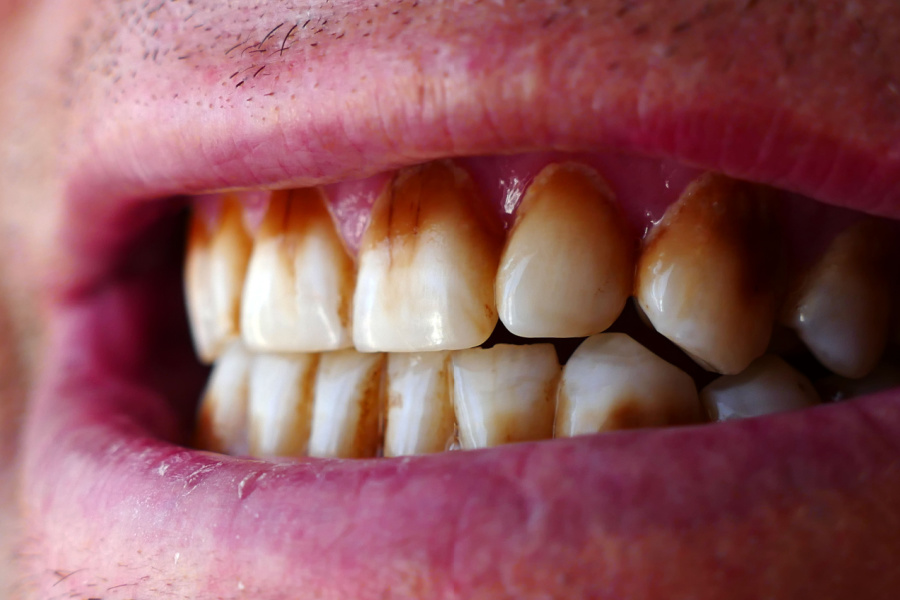
Curious about what veneers look like after 10 years? You’ve come to the right place. In this blog, we’ll walk you through everything you need to know about dental veneers—from how they hold up over time to when it might be time to consider replacements. By the end, you’ll have a clearer picture of what to expect so you can make an informed decision about whether veneers are right for you.
Veneers are thin, custom-made shells designed to cover the front surface of your teeth, helping to conceal imperfections like stains, chips, or cracks. They come in a variety of types, including porcelain, zirconia, composite, and palatal veneers, and some are permanent while others—like low- or no-prep options—can be reversible.
Each veneer is carefully crafted to fit your teeth perfectly, giving you a natural-looking, radiant smile. While veneers are primarily cosmetic, they aren’t suitable for everyone. For example, you cannot get veneers if you have gum disease, extensive cavities, or missing teeth, as these conditions prevent proper bonding and coverage. Veneers can sometimes be used for mildly crooked teeth, but severe misalignment may require other treatments instead.
It’s also helpful to know the difference between veneers and crowns. A crown covers the entire tooth and provides both strength and protection, whereas a veneer is purely cosmetic and only covers the front surface of a tooth.

Getting veneers is generally painless, as local anesthesia is used to ensure your comfort throughout the procedure. The treatment involves bonding custom-made shells to the front of your teeth to improve their appearance.
The process typically begins with an initial consultation, during which your dentist will examine your teeth and discuss your goals. Next, your teeth are prepared, and you’ll choose the shade of your veneers to match your natural teeth as closely as possible.
After selecting the shade, your dentist will take an impression of your mouth and place temporary veneers while your permanent ones are being made. Once ready, the permanent veneers are carefully bonded to your teeth.
A follow-up appointment is usually scheduled to check how your gums are responding and to ensure you’re happy with your new smile.
It’s important to note that veneers do not respond to teeth whitening treatments, so if you’re considering whitening your teeth, discuss this with your dentist beforehand.
The cost of veneers in the UK can vary depending on the type you choose. Composite veneers typically range from £650 to £1,000 per tooth, while porcelain veneers are usually more expensive. A full set of veneers can cost several thousand pounds, making them a significant investment rather than an option most people can access easily.
Once you have permanent veneers, returning to your natural teeth isn’t possible. This is because a small amount of tooth enamel is removed to make room for the veneers to fit properly.
While veneers can be removed, doing so may leave your teeth more sensitive and weaker, and their appearance will likely change.
Because getting veneers is an irreversible procedure, it’s important to fully understand the process before committing. Veneers are a significant investment, and choosing them is a long-term decision that should be made with care.
Veneers, like natural teeth, age over time. Minor imperfections such as small stains or chips can develop with everyday use, which is completely normal. As you get older, you may need to replace veneers if they become damaged or if their fit changes.
To help your veneers last as long as possible, it’s important to maintain good oral hygiene and visit your dentist regularly. Even with veneers, you can still develop cavities, so taking care with your diet and maintaining a healthy lifestyle will protect both your natural teeth and your veneers, helping them stay beautiful for years to come.
Taking care of your veneers is similar to caring for your natural teeth. With the right habits, you can help them stay in excellent condition for many years. Here’s how:
By following these tips, you can keep your veneers looking great and functioning well for many years.

Veneers are designed to last many years, but eventually, they may need to be replaced. Knowing the signs to watch for can help you maintain a healthy, beautiful smile.
Some key indicators that it might be time for replacement include:
If you notice any of these signs, it’s important to schedule a checkup with your dentist. They can assess the condition of your veneers and advise on the best time for replacement to keep your smile looking its best.


